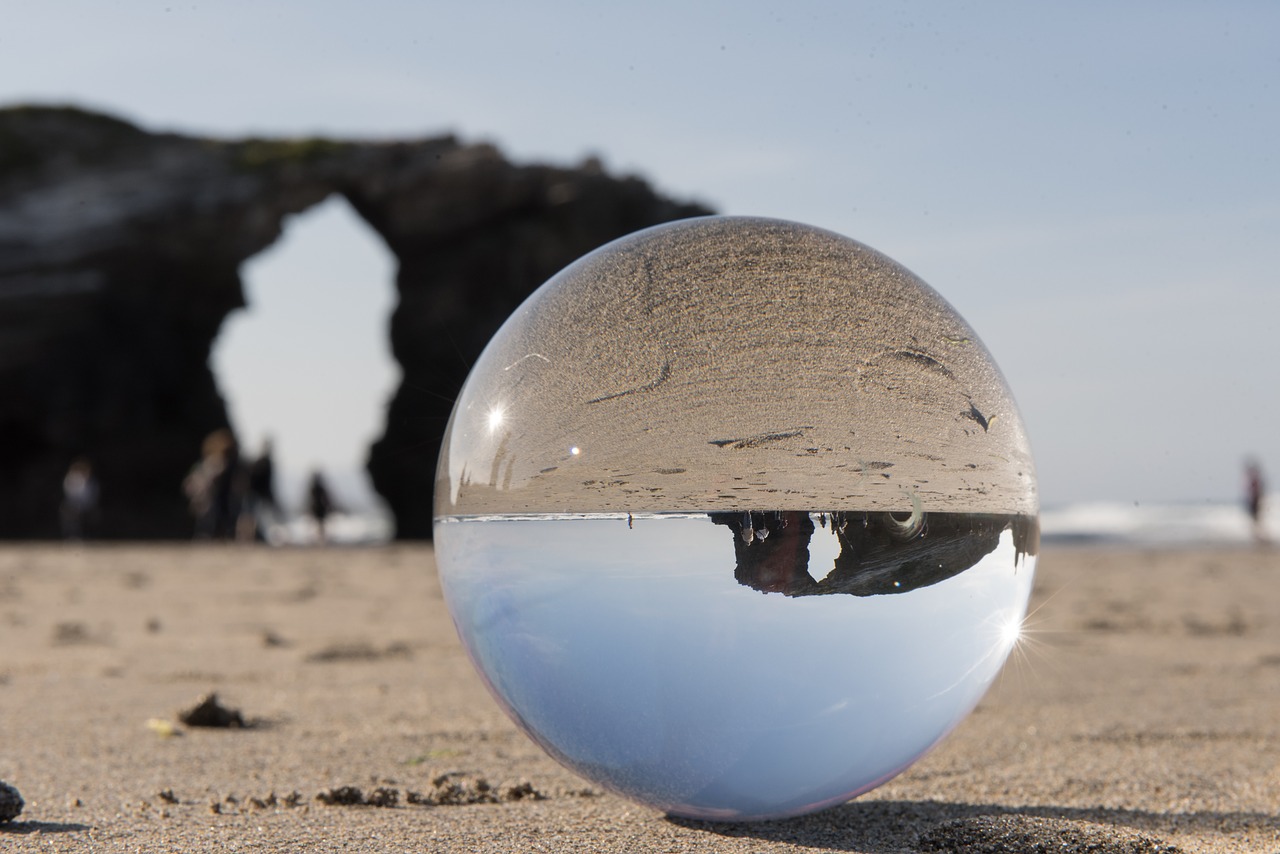
The rapid and undeniable ageing of the population results in an increased need for long-term care by the elderly. It is therefore not surprising that there is an increasing demand for residential care income to ensure standards of care and quality of life (QoL). The emergence of the ecology of ageing has raised the alarm that meeting these standards is no longer just about promoting safe and controlled environments that can cope with the various health problems that are attributed to old age. It is no longer just a question of survival, but that increased longevity is accompanied by certain guarantees that a long life is worth living. Are nursing homes ready to meet this challenge today?
The day has come. Everything is ready. A small suitcase with the essentials and a medical history. Gone is the place where so many experiences and memories have taken shape: raising children and grandchildren, family gatherings, Christmas decorations and birthdays opening presents, evenings in front of the TV in the shelter of the home, daily shopping in the neighborhood stores, greetings and small conversations with those who live in the community, walks at sunset, watching year after year the passing of the seasons, of the days, of life. It has taken a lot of work to get used to the idea that all this will not come back. There is no going back. It is the last time that words cross with the third one, who wishes luck for the journey that is about to be undertaken. Goodbye to the paintings, to the furniture, which have witnessed everything impassively. Goodbye to the plants that will never be watered again, and to that faithful hairy companion who after years of unconditional love has managed to relocate elsewhere. With luck, accompanied by loved ones whose hearts are broken, many older people say goodbye to what has been their life until then to start a new path towards residence. Are we able to imagine what this really means for them?
It is the best thing, we think, consoling us with the idea that they will receive the medical care they now need. They will be more accompanied and monitored, because we cannot spend as much time with them as we would like, which is all to the advantage! But we can't help but worry about the period of disadaptation that is coming. Deep down we know that the change is going to be brutal; they know it too and the resignation in their eyes shows it. It will be marked by the loss of possessions, by the lack of privacy and by the virtual absence of decision-making. It will not be easy to make them feel at home. Their routines will be completely different and they will feel locked up in a reduced space, deprived of freedom. In the worst case, they will be abandoned, isolated, dependent, controlled, and useless. And to all this will be added something that none of the parties counted on: boredom.
"I'm dying of boredom"
"The more time you spend here, the more boring this place becomes."
"To be honest, this is dead, boring, tedious."
"The most significant social interaction of the day was the morning grooming routine"
These are some testimonies from elderly residents in a nursing home that were collected in the study "The Experience of Nursing Home Life" (1998) by gerontologist Barbara Fiveash (Lincoln Gerontology Centre) for the International Journal of Nursing Practice. Although more than twenty years have passed since then, experts continue to identify boredom as a major problem that impacts negatively on residents living in this type of centre in the long term.
In order to guarantee well-being in the residences, it is necessary that they provide a comfortable environment, which generates a feeling of being at home and which encourages independence and the direction of activities throughout the day. However, for many, days in the residence are described as monotonous and boring due to the lack of visitors, contact with the outside world, continuity with past routines, because of the excess of control over decisions and the absence of recreational activities that lead them to perceive the environment as not very stimulating. Boredom, in short, is a great enemy of the lucid elderly who live in residences, regardless of ethnicity, physical abilities or the presence of activities. What are the causes of this phenomenon?
Sometimes the boredom of the elderly living in residences is attributed to the fact of an involuntary move that makes it difficult to adapt to the new environment and causes the inmate to reject the routines, activities and opportunities for socialization that are offered, incurring in the development of a pathology of propensity to boredom of an endogenous nature. Other times it is pointed out that the reason why older people get bored is intimately linked to their physical and/or cognitive limitations. Rarely is the focus placed on the part of the responsibility that falls on those in charge of the centres themselves when it comes to adapting their spaces to a residential model centred on the inmate (patient-centred / client-centred) that goes beyond the traditional medical model, that is, one in which the wishes of the elderly are respected and valued in a personalised way and which is capable of avoiding exogenous boredom.
The western, and especially the Spanish, model of residence is the bio-medical, health-oriented model, which conceives of the elderly as a group that needs care and has special physical needs. The residence is something like a hospital institution that does not look like a home, which promotes dependency and inactivity. It offers task-oriented activities for the rehabilitation or maintenance of certain physical and mental capacities that are considered to be impaired beforehand by the natural ageing process itself. Most senior centers take care of the body, not the mind.
The activities are almost always programmed (and imposed) by the centres and usually consist of low-intensity sports exercises, reading, painting or pottery workshops, card games and bingo, in addition to regular visits from family and friends for some. However, the most common hobby is usually radio and television. Research to date shows that although residents perceive staying active and engaged in tasks as a positive thing, they regret not being able to continue many of the things they did before entering the residence. Many complain that the centre's offer is built on mere distractions so that the real lack of inactivity is not appreciated. For many, these are merely ways of filling or killing time that materialize in a very restricted offer and on which they have never had the opportunity to pronounce themselves.
While residents want to stay active, they want to do so in tasks that are personally meaningful to them and that they can choose for themselves, that are motivating, that respect their cultural roots, and that enhance their skills. The general demand is for a greater presence and participation in decision making regarding their daily lives. The older people only ask that their voices be heard and that their wishes be facilitated as far as possible. It is simply a matter of favouring an environment in which a feedback dynamic prevails. Is it possible to build a model of residence in which the elderly feel that it is worthwhile to grow old, without being constant victims of boredom, or are we facing a totally utopian idea?
It turns out that this model of residence already exists! Although, of course, it is not widespread in our culture. A system of physical and mental care focused on fighting the main plagues of residential life, which are loneliness, helplessness and boredom, through principle-based care designed to improve community, companionship and human growth has been implemented in the United States for a couple of decades with visible results. We have not yet reached this point because, to begin with, we have not even openly recognized boredom as a risk factor in achieving dignified aging, especially as far as respect for the environment is concerned.
In my next posts, I will introduce some of these American residency models that are proving to be able to offer more autonomy to the elderly, providing a safe and boredom-free environment, without the need to neglect the medical needs of the inmates or jeopardize their well-being. Many of them are already being implemented in some European countries. Will it be possible to import some of their ideas into the Spanish residency model?


